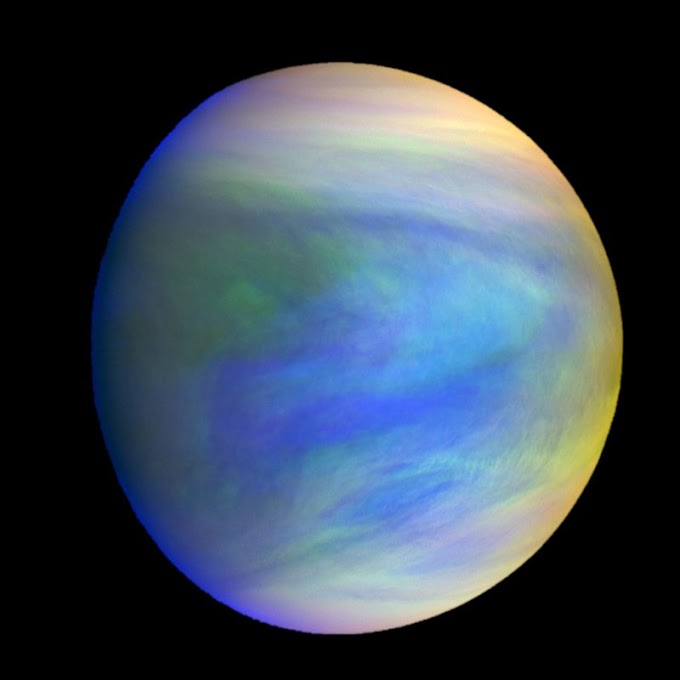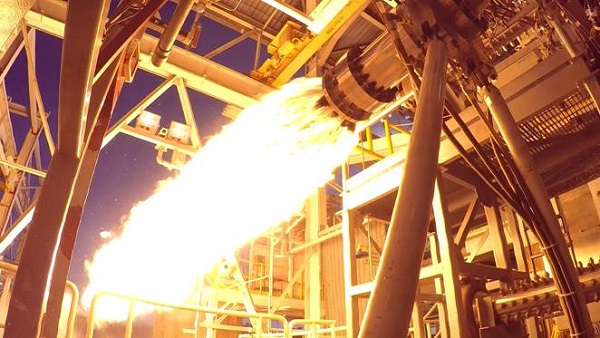 |
| aerospace.org |
What is Autonomy?
Autonomous systems are machines and systems that are capable of performing a series of operations where the sequence is determined by the outcome of the previous operation or by reference to external circumstances that are monitored and measured within the system itself. These incorporate artificial intelligence (AI) into the management and control of complex systems. Automated systems are independent of human operators though their management and control may be centralized or distributed. The basis of these autonomous and automated systems are defined through the system integrating physics. In addition, an understanding of each of the system functions, subsystems, and environments is necessary for AI decisions to be sound with regard to the system operations.
What is not Autonomy?
Autonomy is NOT artificial intelligence, but may use AI
• Machine learning (deep learning, reinforcement learning, etc.)
• Search, probabilistic methods, classification, etc.
Autonomy is NOT automation, but often relies on automation
• Most robotic space missions rely on automation
• Command sequencing (event, order, time triggered)
Autonomy is NOT only about making systems “adaptive”, “intelligent”, “smart”, or "uncrewed".
• Autonomy is about making systems self-directed & self-sufficient
• Systems can include humans as an integral element (human-system integration, human-autonomy teaming, etc.)
The Need of Autonomous systems
The space environment is harsh and remote for autonomous systems. Beyond the protection of the Earth’s atmosphere, man-made objects operating in space are surrounded by extremes of temperature and high energy radiation. Space weather disturbances to the near-Earth space environment resulting from solar activity adds significantly to the complexity of the space environment, and poses additional threats to space-based activity. We know from experience that space weather can degrade or even destroy spacecraft yet our understanding of and ability to predict the dynamic space environment is poor. Activity of spacecraft in orbit around other bodies (such as Earth) are complex and interactions that occur between space objects and their local dynamic space environment, known as astrodynamics are non-negligible and we need to look into this.
Space is also becoming increasingly congested. The risk of in-orbit collisions is growing and can ultimately limit our use of space. Inactive satellites and collisions are both contributors to a vast artificial space population. The Space Object Catalogue seeks to maintain accurate knowledge and its uncertainty of the orbit of each object in space, so that close approaches of space objects can be predicted and the probability of collisions can also be computed. Trusted Autonomy can be very important for handling such issues successfully. Also space is hostile to human life and therefore the ability to have close human supervision, management and operation of space systems is inefficient, costly and dangerous. This dictates extensive use of unmanned technologies, with the need for built-in autonomy ranging from simple fault detection and isolation functions for hardware protection through to full, goal driven autonomy, depending on the complexity and purpose of the mission.

nasa.gov
The Space Activity and missions
Deep space exploration missions to date have almost consisted of unmanned spacecraft missions. These include space probes that have flown past all planets in the Solar System (as in the case of the Voyager 1 and New Horizons spacecraft, have flown beyond Pluto),space probes that have been placed into orbits around planets or moons of planets, planetary landers on planets, moons, asteroids and the various robotic rovers currently active on the surface of Mars. For example, almost all remote sensing satellites automatically acquire images at predefined geographic locations and downlink them to Earth. Also In-orbit robotic capabilities are controlled by astronauts but few autonomous space systems, where the system makes decisions in order to achieve high level goals without human intervention, exist.
As described by the UK Robotics and Autonomous Systems Network, space robotics and autonomous systems will play a critical role in mankind’s ability to explore and operate in space, “by providing greater access beyond human spaceflight limitations in the harsh environment of space and by providing greater operational handling that extends astronauts capabilities”. Indeed, NASA’s Technology Roadmap for Robotics and Autonomous Systems has the goal to extend and enhance human reach into space, and our ability to manipulate assets and resources, to prepare planetary bodies for human arrival, support astronauts in space operations, and enhance mission operation efficiencies.
Autonomous systems can also reduce human workloads by managing routine activities requiring constant monitoring over long periods of time. In 1998, the Deep Space 1 mission, with Remote Agent architecture, provided the first operational use of artificial intelligence in space, including complete autonomous operation during which it responded to both simulated and real failures. Earth Observing 1, a remote sensing spacecraft launched in 2000, was able to employ autonomous acquisition and processing of science data. Mars Exploration Rovers which are able to autonomously plan paths to objectives while avoiding obstacles, and autonomously process captured images and what new observations should be made are also one of such examples. The implications including the congested space environment can also be solved through autonomous space traffic management systems or autonomous spacecraft collision avoidance capability.
The current scenario
The ‘push’ for autonomous systems is coming from the involvement of the huge corporations and from the linking together of technology developments in connectivity, sensors and handling of big data. Market ‘pull’ is coming from a very wide range of applications where autonomy promises to do things that could not be done before, or to do existing operations more efficiently or safely. The development of such systems can significantly promote innovation in AI technologies including unmanned vehicles, unmanned aerial vehicles, service robots and space robots. Following are the areas of research and development in this field.
• Autonomous target selection for icy worlds, interior oceans, caves, pits, etc.
• New 3D sensors ( time-of-flight cameras, etc.) & high-performance computing .
• Observe dynamic & transient phenomena (weather etc.)
• Autonomous on-board decision making (planning, scheduling & execution).
• A distributed autonomy architecture (including coordination and collaboration) .
Many organizations are already striving to develop the next wave of trustworthy, cost-effective autonomous systems, and researchers are busy building powerful tools and methods for the development process. So we can conclude that this is an emerging field so we should contribute significantly in this through our determination and hardwork.
 |
| themanufacturer.com |






0 Comments